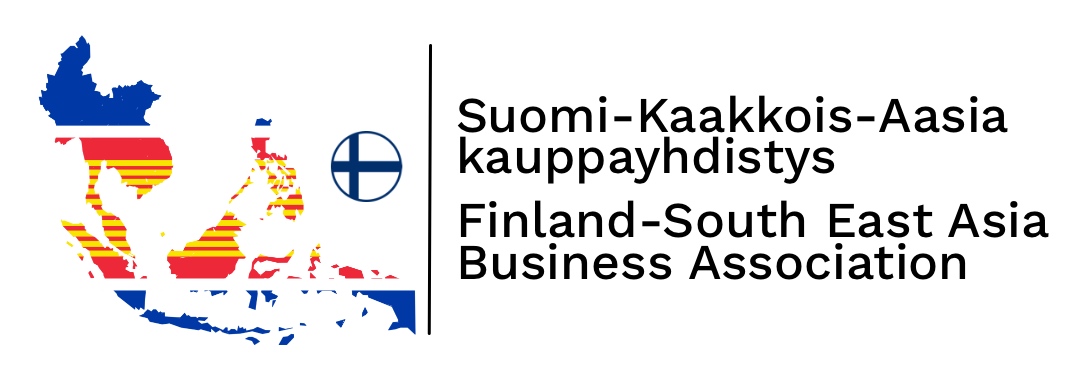The door to Thailand’s EEC is Open for All – An Introduction of EEC area and Chonburi
Pattaya is one of the two cities in Thailand, apart from Bangkok, which was designed to be a special administrative district. Its diversity of residents, businesses, and tourist attractions enabled the granting of city-management exclusive administrative authority. Despite being a sub-area of Bang Lamung district in Chon Buri province, Pattaya has been perceived as a city of its own by both Thai and foreigner. One and a half hours away from Suvarnabhumi airport by road has generated 17,7[1] million visitors per year, local and international.
The tourism industry is an important contributor of Thailand’s GDP. Following the Kiatnakin Phatra Financial Group Bangkok Bank research report stated that direct contribution of tourism account for 12% of Thailand’s GDP in year 2019, increased from 6,1% in 2010. Direct contribution includes economic activities generated by hotels, airlines, travel agents, and passenger transportation services which directly link to visitors, (must note that automotive industry account for 12% of Thailand’s GDP and Thailand is the 6th largest commercial vehicle producer in the world in 2016). In regional aspect, the tourism is an important sector, for areas as Pattaya, Phuket, Hua Hin and Chiang Mai. However, due to COVID-19 pandemic situation the GDP figure and proportion is significantly affected the actual and forecast figures of year 2020 and onward.
However, Pattaya has been chosen as the residential city for many expats including those who work in its vicinity. Extended district of Pattaya include Laem Chabang, Rayong, and other industrial estate areas. These expatriates generate international context and multicultural to the city as well as enormous size of economy. Main supply in Pattaya includes residence, hotel, MICE, food and beverage, and tourism related services. From 2018 onwards, growing demands in Pattaya and its surrounding districts are about to expanded into other products and services resulting from the EEC (Eastern Economic Corridor) scheme, the key public policy of Thai government.
The EEC covers three provinces include Chon Buri, Rayong, and Chachoengsao, two of these provinces are also under jurisdiction of the honorary consulate of Finland in Pattaya, namely Chon Buri, Chanthaburi, Rayong and Trat. The EEC provinces were ranked first, second and seventh in term of size of Gross Provincial Products nationwide excluding Bangkok, accounted for almost 15% of GDP. Chon Buri is home of two important industrial zones, Laem Chabang Industrial Estate, which is directly connected with Laem Chabang port and Amata Industrial park. Good logistic connections with suitable infrastructure provides good platform for diversify industries. These features have lead famous and very well-known corporations to establish their production plant in the Chon Buri region, like Valmet and Metso Paper from Finland. Also it is important to note that the home equipment like printers, television or heat pumps which are sold in Finland are made in Chon Buri by factories like Samsung, LG, Mitsubishi or Daikin and many more.
For the focal of the future of Thailand development and economies, the whole eastern region of Thailand should be considered, not only Pattaya city and Chon Buri province. In May 2018, the Easter Economic Corridor Development Act was officially announced and became effective immediately with continuity of policy implementation which had been driven before the enactment. Government aspiration is to create EEC as a leading ASEAN economic zone which is an integral part of development of Lanchang- Mekong Cooperation – formerly known as Great Mekong Sub region (GMSR). The EEC Act was based on the Thailand 4.0 initiative to foster foreign direct investment. 4.0 initiative focuses Thailand’s 10 key industries under two sectors, sector one concentrates on the existing promoted industries: Automotive, electronics, petrochemical, agriculture and food, and tourism. Sector two, where the concentration addressed five new next-generation industries: Automation and robotics, aerospace, digital, biotechnology, and medical and healthcare. This new sector gives great opportunities for Finland’s companies to penetrate into the new markets, especially for the first four industries. These doors are widely opened for foreign direct investment and collaborations from everywhere both eastern and western partners, as well as any size of enterprises, from small Start-ups, SMEs and big corporations. Those who are able to align their way of conduct to the local context are more likely to dig more gold out of this open mine. Reciprocally, Finland has also a great opportunity to create connections in healthcare sector and learn from Thailand’s capacity in implementing its effective public health management and public hospital management. This could be another fruitful collaboration between two countries. Lastly, cooperation should create mutual benefits together with mutual learning and sharing.
Professor, Dr. Tuomo Rautakivi, Honorary Consul of Finland to Thailand in Pattaya
Assistant Professor Dr. Ritthikorn Siriprasertchok, Advisor to Honorary Consul of Finland to Thailand in Pattaya
[1] Bank of Thailand statistics shown 13,8 million visitors while Tourism Authority of Thailand Pattaya office statistics shown 17,7 million visitors.



